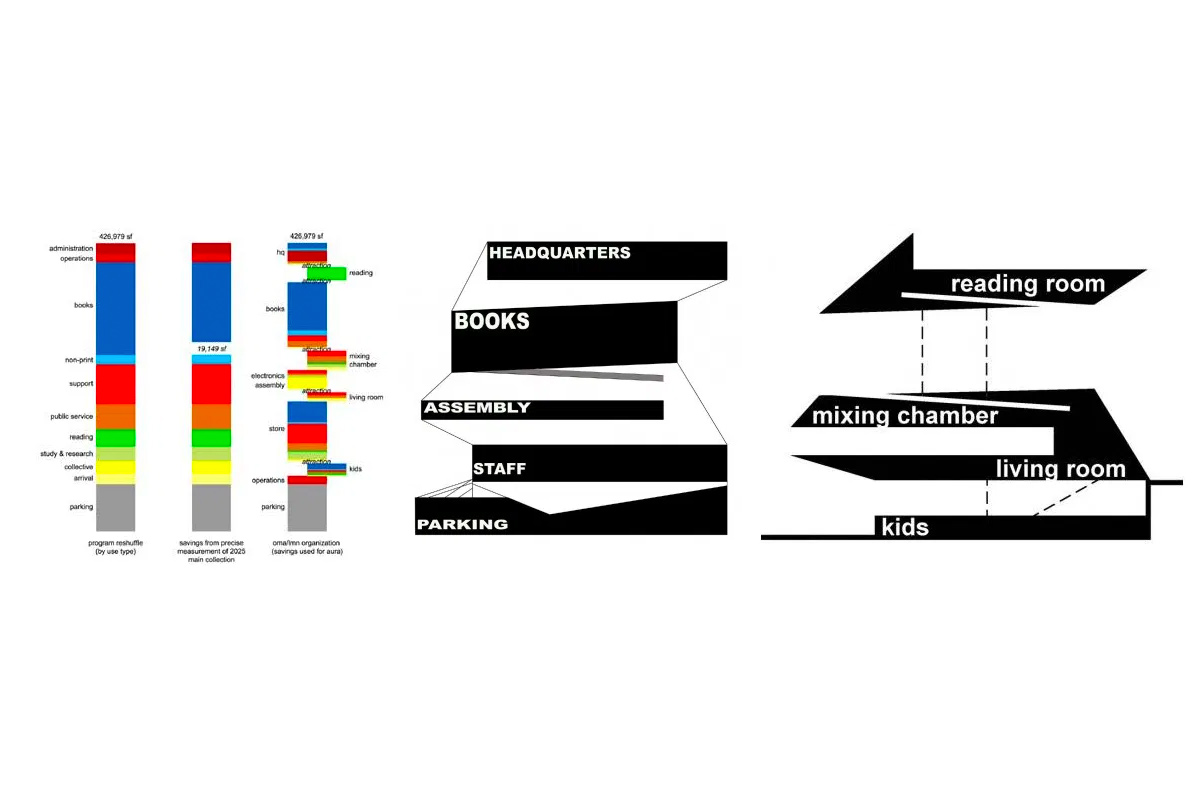

Barres can start on any string and span from 2 to 6 strings. Simply type b, followed by the number of strings the barre will span. …and you can use this multi-fret functionality in conjunction with finger numbers, note names, and functional labels inside the frets. 1.1), I’ve added that functionality using comma to indicate that the following fret number should be on the same string as the previous. You can also use note names, either inside the fret or below the diagram, as well as functional labels (root, 3rd, 5th, etc):Īs soon as version 1.0 was released, a number of users requested the ability to add multiple frets on each string so in the latest release (v. after each dot, or inside the fret dot by typing f1i (“inside”), f2i, etc:

You can also add finger numbers after each fret, either below the diagram by typing f1, f2, etc. The following diagram was created by simply typing #o221oo: Type # twice to display the fretboard without the nut (there are several other types of fretboards you can use as well: 4-, 6-, 7-, and 8-line, as well as ukulele… but in the interest of brevity, I’ll limit this blog post to an overview). In MusFrets, you type a number sign ( #) to display a blank five-fret diagram, and then use x, o, and 1–5 to create whatever diagram you want.
#Are there any other programs like neck diagrams software
The basic premise is that you can create comprehensive guitar (or ukulele) chord diagrams in a word processor or other software by simply typing intuitive characters - just like with MusGlyphs and MusAnalysis. I call it MusFrets, and you can get it at Notation Central, along with MusGlyphs and MusAnalysis, the other fonts I’ve created. It was this difficulty that motivated me to create a text font for chord diagrams. And when you’re done making the diagram, most of these options output it as an image file, which can affect display and print quality. Your other options are to use the built-in function of a music notation software (which takes time), or draw them in something like Paint (which takes even more time). There are a number of online chord generators, but some of them are downright ugly, and most generate an image that’s too large to insert into a chord chart. Is anybody aware of any software for this purpose? I don't mind paying for it - actually, I'd gladly reward the developer, if it does what I need.If you’ve ever needed to create guitar chord diagrams, you know it can be a bit of a pain. I have a bunch of exercises which I'd love to write down using fretboard diagrams, but the last time I checked Neck Diagrams, it didin't allow me to do what I need: mark more than one dot on a specific note and assign a specific sequential number to each dot. You can have this type of information with a tab, but then the immediate visual aspect of a fretboard diagram is lost. on the same string/fret), meaning that that given note would eventually (depending on the numbered sequence) be played again along that arpeggio or lick (those dots marking the same note had, of course, different numbers defining their positions in the whole sequence). Not only the dots (used to mark a string on a given fret) were numbered according to the sequence in which the notes should be played, but also in many instances there were more than a single dot marking a note (i.e. What was it so special with this specific book? On each page there were a few fretboard diagrams, and on each one of them an arpeggio or a lick was written down. However, such diagrams are generally presented in a limited way: they show all the notes the player will use, but don't tell him/her the sequence in which those notes are intended to be played.Īround twenty years ago I was given a bunch of pages xeroxed from an unknow book. Having the notes used in a given arpeggio or lick marked on a fretboard diagram is a resource that has been around for a long while, and I'm familiar with the Neck Diagrams software as a great option for this task.


 0 kommentar(er)
0 kommentar(er)
